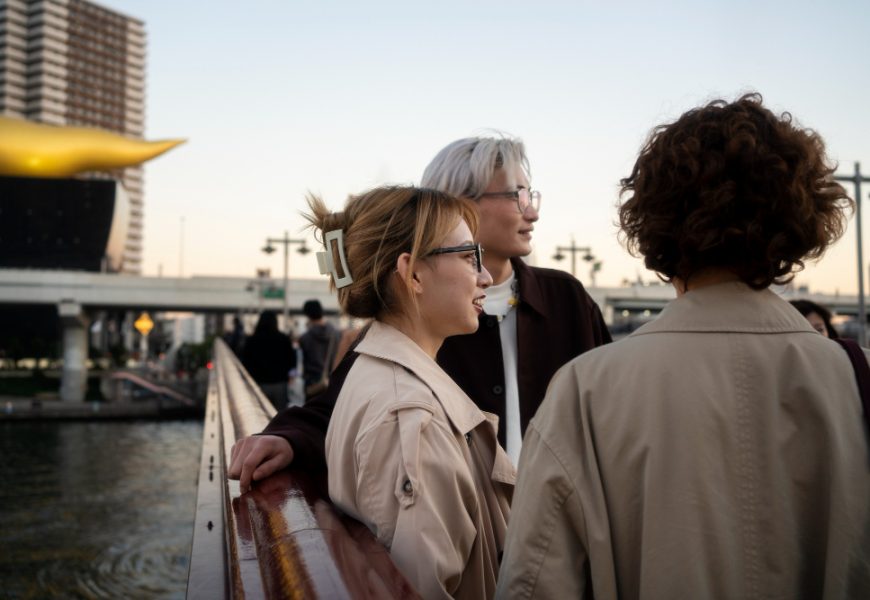Architecture has always been far more than a matter of shelter or aesthetic appeal—it is, at its essence, a language of psychology, sociology, and aspiration written in steel, glass, and stone. In the 21st century, where urban life has become the habitat of most of humanity, the design of our cities has a direct, measurable influence on how we feel, behave, and interact. A skyscraper’s height can invoke both wonder and insignificance; the curving geometry of a public square can either draw us in or quietly push us away. Design decisions—once considered matters of function or beauty—are now understood as keys to emotional and social well-being.
In cities like Copenhagen, Singapore, and Vancouver, architects and planners experiment with how built environments can nudge human behavior toward balance, connection, and creativity. Sidewalk widths, park proximities, lighting tones, and even building materials influence how people use public space. For instance, warm-toned lighting in residential areas promotes comfort and sociability, while cooler, dynamic illumination in commercial hubs stimulates alertness and flow.
The relationship between people and their surroundings is reciprocal: architecture shapes behavior, but behavior also reshapes architecture. The popularity of co-working spaces has shown how environments can evolve to support collaboration and innovation. Similarly, the rise of green rooftops and urban gardens reveals how city dwellers reclaim nature as a part of their daily psychological landscape, finding calm and meaning in places once dominated by concrete. The minimalism of modernist interiors offers mental clarity to those overstimulated by digital saturation, while the organic, fluid forms of contemporary design mimic the natural world, restoring cognitive equilibrium through biophilic connection.
What emerges in these patterns is a recognition that architecture is not static. It is a living script—a behavioral choreography that tells us where to linger, when to move, and how to feel at ease among others. When designed thoughtfully, architecture becomes empathy materialized: a city that listens to its inhabitants and responds with spaces that invite reflection, belonging, and creativity.
The 21st century has introduced a new dimension to the conversation between architecture and human behavior: technology and sustainability. The rise of “smart cities” demonstrates how digital infrastructure can optimize the rhythms of urban life. Sensors regulate lighting, monitor air quality, and adapt energy consumption to human activity. More importantly, these systems don’t merely make cities efficient—they alter how people experience time and space. Real-time data encourages adaptive behaviors, from using shared mobility networks to participating in community decision-making through digital platforms.
But even as technology becomes woven into the fabric of architecture, there is an equally strong counter-movement toward designing for mental and ecological balance. “Sustainable sanctuaries” are appearing across the globe—buildings that breathe, filter, and evolve alongside their environments. The Bosco Verticale in Milan, the Gardens by the Bay in Singapore, and Masdar City in Abu Dhabi illustrate the nexus between ecological mindfulness and behavioral transformation. When inhabitants are surrounded by greenery, natural airflow, and abundant daylight, they experience measurable reductions in stress and greater pro-social tendencies. Sustainability here is not an architectural trend—it is a behavioral paradigm that reconnects urban dwellers with a sense of stewardship and continuity.
Public spaces are reimagined as catalysts for inclusivity and shared identity. Urban design that incorporates accessibility and openness—wide walkways, shaded seating, mixed-use plazas—creates an invitation for diverse communities to gather. The behavioral psychology behind these spaces is clear: people are more likely to trust, engage, and empathize in environments that physically express equality and welcome. Architecture, in this way, becomes a silent instructor—teaching cooperation, patience, and collective respect through spatial cues.
In parallel, data-driven planning allows designers to understand behavior in real time. Patterns of movement, usage, and emotional response—captured by anonymous sensors or social research—inform decisions about where to place benches, bike lanes, or pop-up parks. This dynamic feedback transforms cities into living laboratories, where experimentation fosters continuous improvement in human experience.
As humanity faces challenges of climate change, rapid urbanization, and social fragmentation, architecture’s role expands from constructing buildings to cultivating behavior. The future of the city is neither purely digital nor purely organic—it is hybrid, adaptive, and deeply human. When homes communicate with the environment, when parks balance technology with tranquility, and when workplaces encourage both productivity and restoration, we witness architecture fulfilling its highest purpose: shaping not only how we live, but who we become.
Ultimately, the lessons from 21st-century cities reveal that architecture is an act of empathy and foresight. It molds our habits, expresses our values, and frames our collective consciousness. In this sense, every street corner, transit hub, or apartment courtyard is not just a piece of infrastructure—it is a moment of psychological design. And as the century unfolds, those who build our cities will not merely be constructing skylines; they will be shaping the emotional and behavioral architecture of civilization itself.









